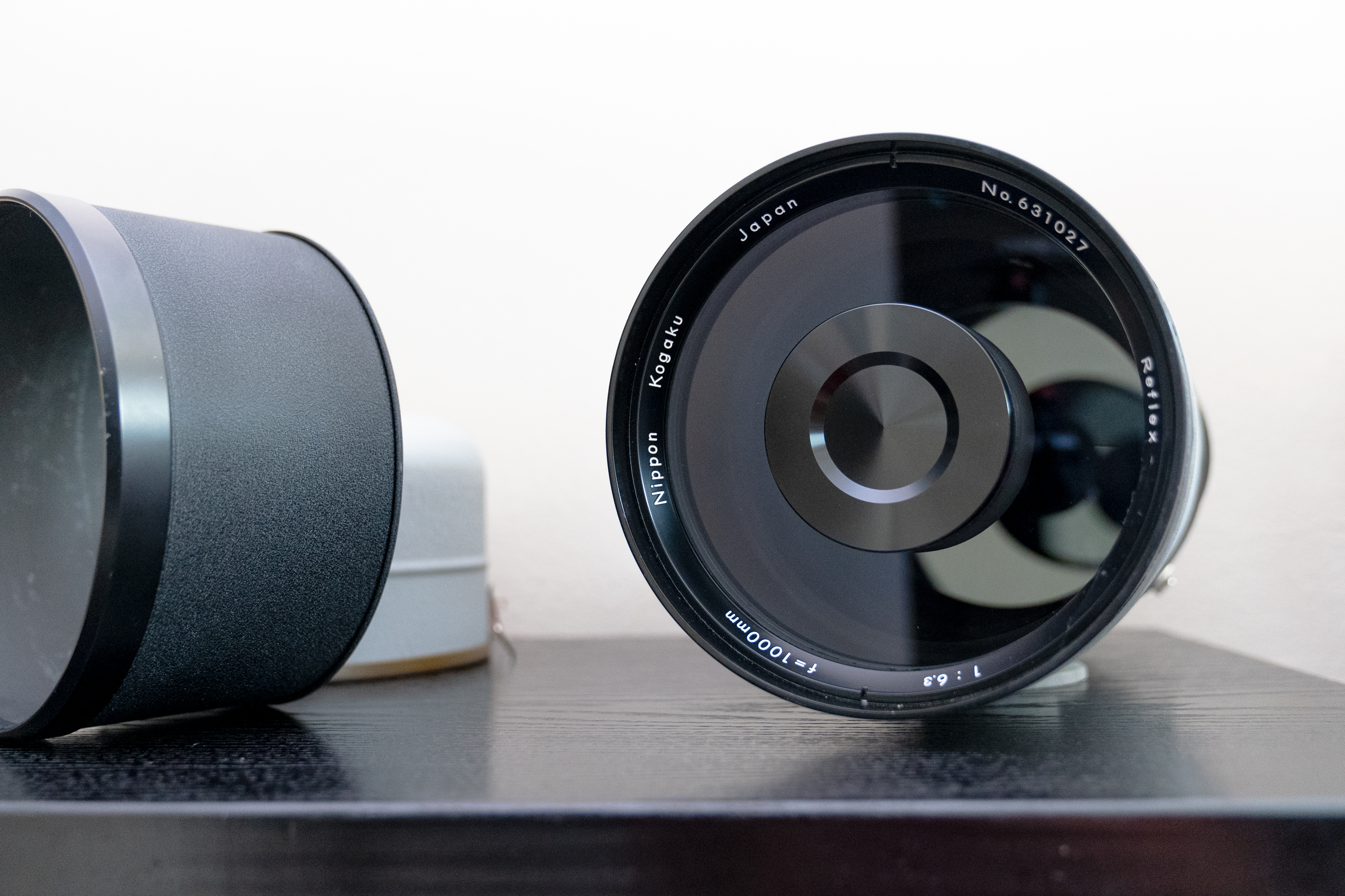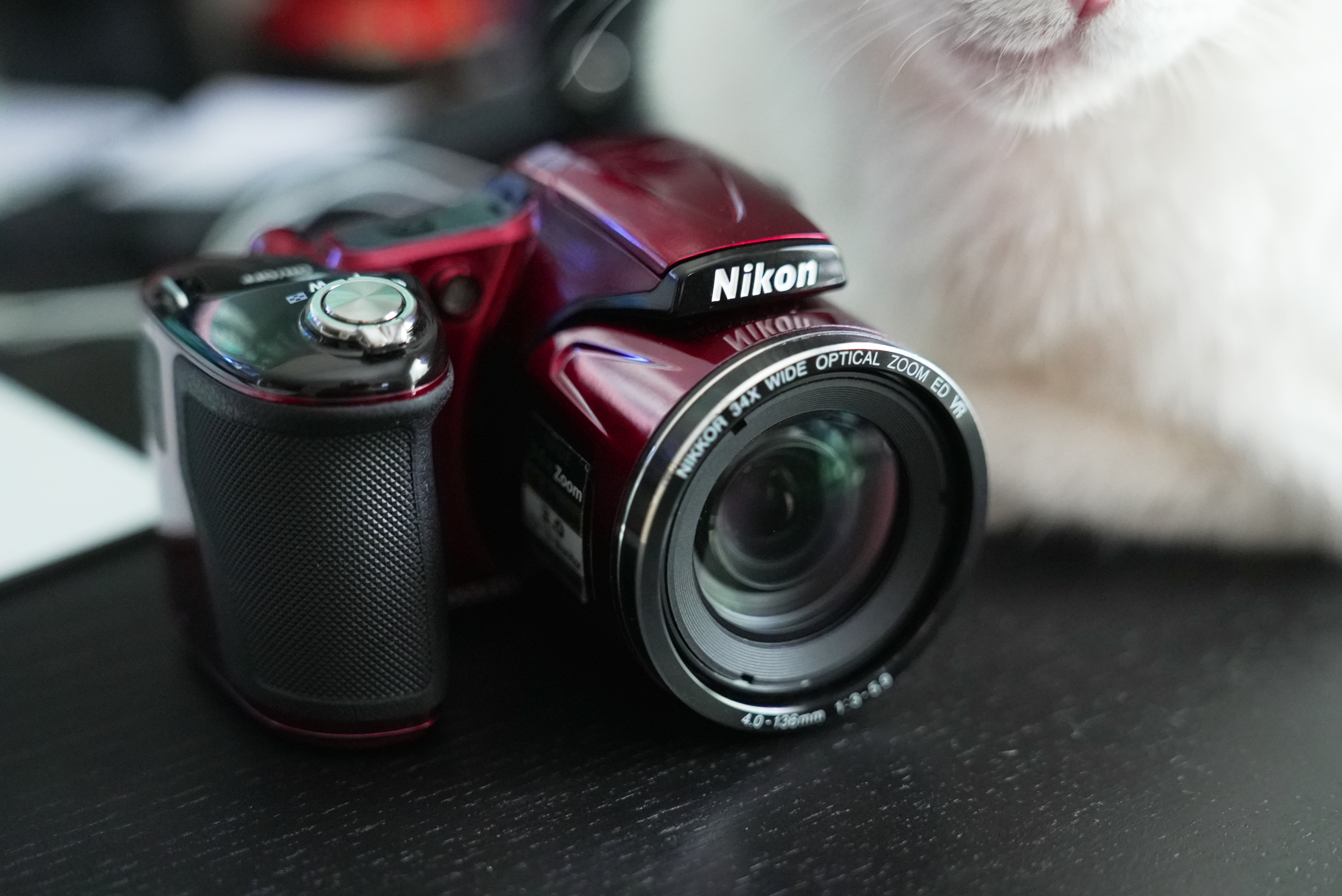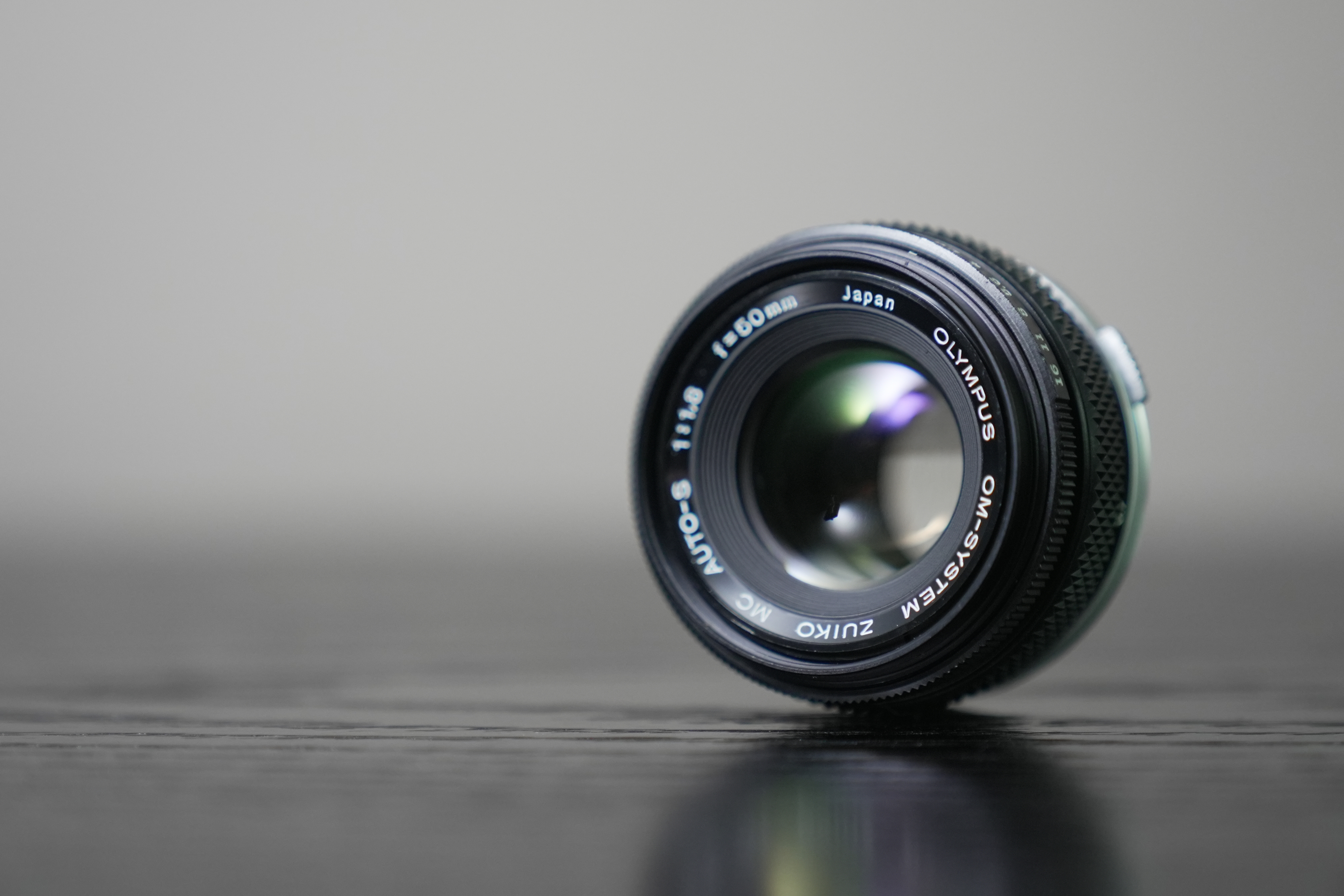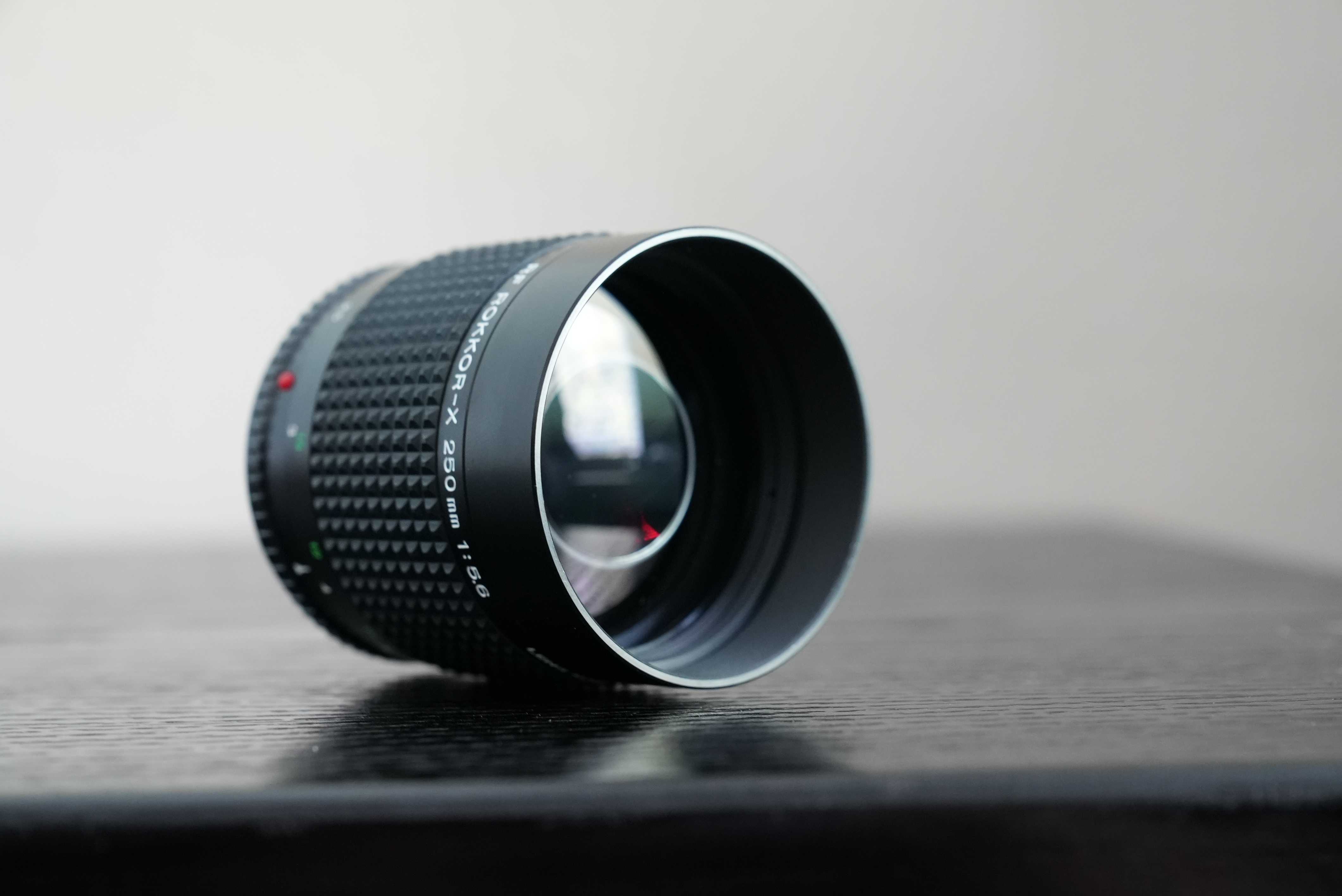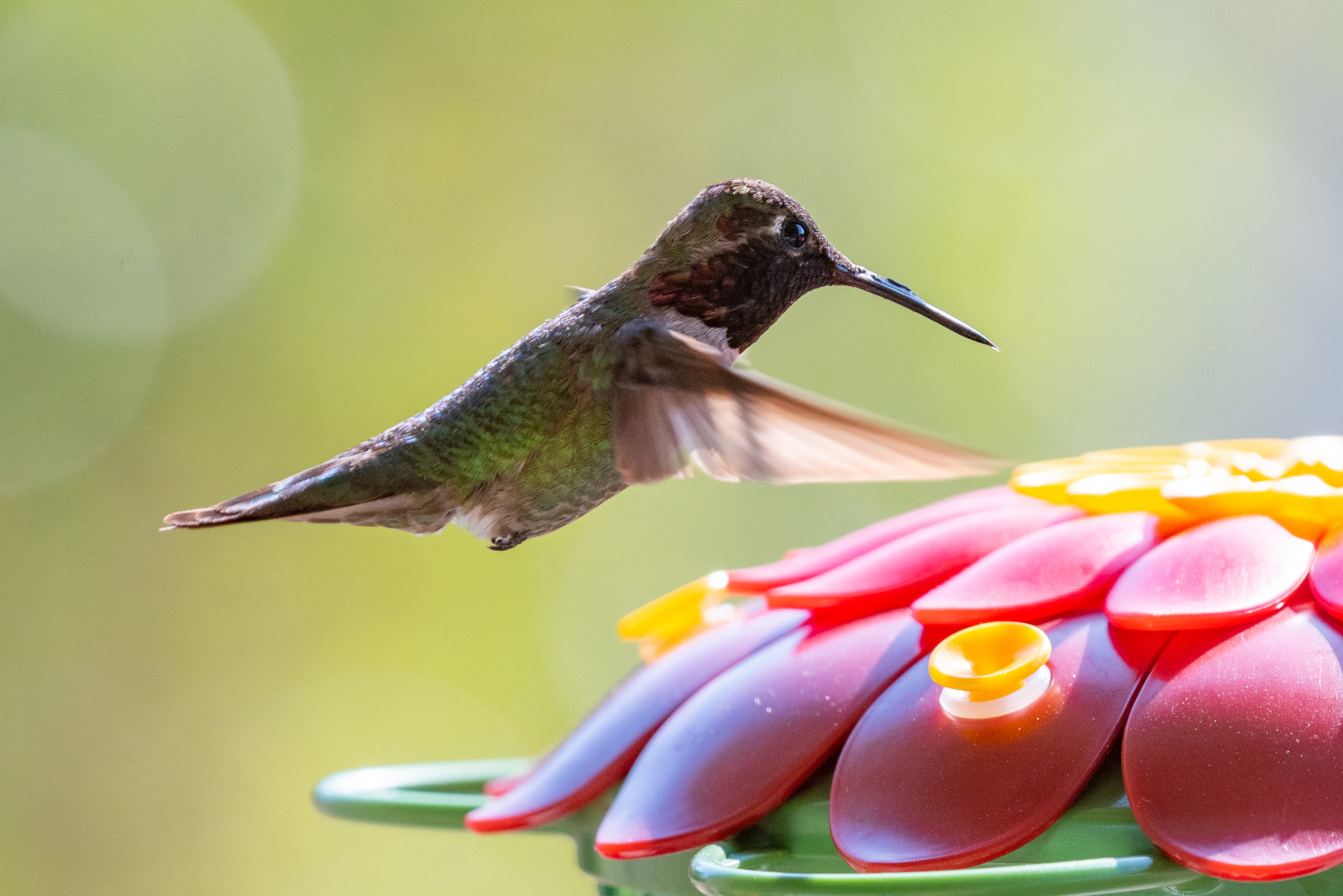
I’ve been a photographer for many years, but never really felt drawn to the long telephoto lenses in the market. I tend to be quite satisfied with a 50mm or 35mm prime, and it keeps my gear small and lightweight! Then I started bird watching, and as quickly as I fell in love with all of the little wildlife around me, I quickly knew I needed to look at what these big lenses have to offer.
My Lens Choices
I perused my options and landed on this Nikon 200-500mm f/5.6 or the Sigma 150-600mm f/5-6.3 sport lens. With this being a big purchase, I weighed the pros and cons for weeks to assure I made the right decision. Of course, there are super high performing telephoto and super telephoto prime lenses, but they were a long way outside of my budget.
 The Nikon ultimately won my purchase, due to the fact that it has a fixed maximum aperture. In my knowledge, the fixed aperture on a lens typically lends itself to faster and sharper images. While I know that the Sigma gets stunning results in the field, I was a tad concerned about the extra pound of weight over the Nikon. I also wanted the option to use a Nikon Teleconverter, so that meant that Nikon won!
The Nikon ultimately won my purchase, due to the fact that it has a fixed maximum aperture. In my knowledge, the fixed aperture on a lens typically lends itself to faster and sharper images. While I know that the Sigma gets stunning results in the field, I was a tad concerned about the extra pound of weight over the Nikon. I also wanted the option to use a Nikon Teleconverter, so that meant that Nikon won!
KEH came through in the exact moment for me – in the weeks that I spent shopping these lenses, they had not had the Nikon option in stock. The day that I finally made my decision, they listed one for sale – EX condition, at a fantastic price. It was mine, all mine!
Build & Quality
Right out of the box, I noticed the amazing weight and build quality of this lens. It is certainly a big, heavy lens and right out of the packaging, it was a little intimidating. I knew to attach a strap to the tripod collar and not to carry it by the camera strap mount points. It took a little bit of time to figure out how to wear the lens. It’s huge! All of that said, it is still totally light enough to handhold for photos. I’ve gone out in full sun and on cloudy days, and it’s performed very well without a tripod. It will help build some muscles along the way, too!



Nikon D750, Nikon 200-500mm, at 390mm
The zoom movement on the lens is all external, so the lens extends and grows bigger as you zoom. At 200mm the lens isn’t incredibly large or attention grabbing, but at 500, it does get quite large and noticeable. Still totally on par for the sizing of other lenses in the class, and definitely on par for weight. At a “budget” price point, this lens competes really well in build and size. The lens Locke’s at 200mm, so it won’t extend in a bag or while carrying.
The lens is FX so it works on full frame cameras, like my D750 or the super popular D500. It comes with a lens hood that makes the lens look even bigger, but twists on and off very easily.
Vibration Reduction
I wasn’t sure I’d love the VR function, but it really works well and helps when handheld shooting in lower light. The VR add 4 stops according to Nikon, but I haven’t tested that scientifically. I tend to adjust my ISO to get the speed I need to catch small, quick creatures, but in a pinch, the VR has saved some photos when light is dropping quickly and I’m still shooting a little bird. It’s very quiet on this lens, so I don’t have any issue using it with wildlife.There is an option alongside the VR switch that incorporates a “Sport” mode. I haven’t had a lot of use with this, but it is well suited for fast moving subjects such as in sports or catching a bird in flight.
Performance – Sharpness & Speed
I can’t say enough about the performance that I’ve gotten from this lens. It focuses fast and gives some beautiful results. While I don’t have those super high end lenses to compare, I can tell that this lens produces good photographs. The detail of bird feathers was something that I wanted to be able to capture and this lens does it well. This is easily one of the sharpest lenses that I own.
Shooting with a D750 at full frame allows for safe cropping into the photos, and at 1:1, I’m seeing beautiful contrast and detail in my photos.

Nikon D750, Nikon 200-500mm, at 500mm
As for speed, I shoot primarily in bright sunlight, and the lens is quick and responsive. As the light drops, so does the autofocus capability, but not so much that it’s difficult to use. I’ve used the lens several times in cloudy conditions, and in early morning grey light. It performs well and I rarely miss catching a subject. When I add the TC-14 converter to get that extra stretch of zoom I notice drastic difficultly focusing, especially in low light or with very detailed scenes (like lots of leaves on a tree). I am adapting to this already and finding ways to pre-focus or work with manual focus to get the speed I want when a bird lands in front of me.
I don’t see a dramatic change between f/5.6 or something more like f/8. The 5.6 is beautiful on this lens and allows the subject to stand out in great detail. I rarely adjust the settings to anything other than f/5.6 to f/8. While testing, at f/11 and f/16, the results were similar enough to not notice softness or loss of detail in any aperture.
I am not a fan of heavily editing photos or adding heavy sharpening in post process, so it’s important that the lens can capture a detailed and sharp photo for me. This lens does just that and has surprised me with the quality of image aligned with the price tag.
Overall
The Nikon 200-500mm is an excellent option for a super telephoto and at a reasonable price. I can’t offer a comparison between this one and the Sigma or Tamron “comparables”.However, I can tell you that I love the lens and look forward to taking it out as often as I can.
I’ve gotten some great photos and as I learn to shoot with a super tele more, my photos have been improving. These lenses have a slight learning curve; finding the subject at 500+ can be tricky, especially when the subject is a tiny bird who blends in to his background really well.


Nikon D750, Nikon 200-500mm, TC-14E Teleconverter, at 700mm
The teleconverter adds some reach, but does slightly degrade the photos and make the lens slower. Without the TC, this lens is a superstar on my camera and one that I’m so glad I decided to add to my kit. I’d recommend this lens to just about anyone looking for a great bird and wildlife lens option! Of course, it has many other uses as well, but for me, it’s all about the birds and the animals that I can capture without getting too close.
This lens can be a little difficult to find in the used market, so keep an eye on KEH and grab one when it comes up!



